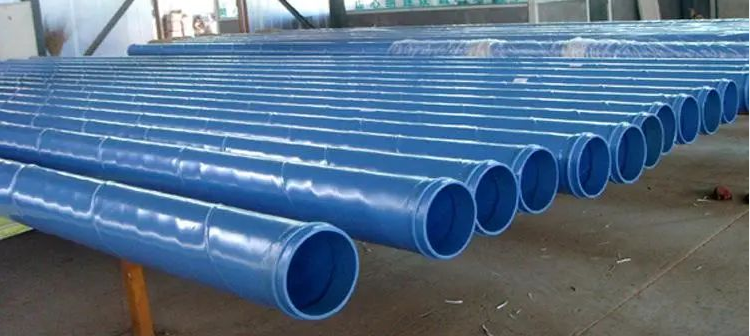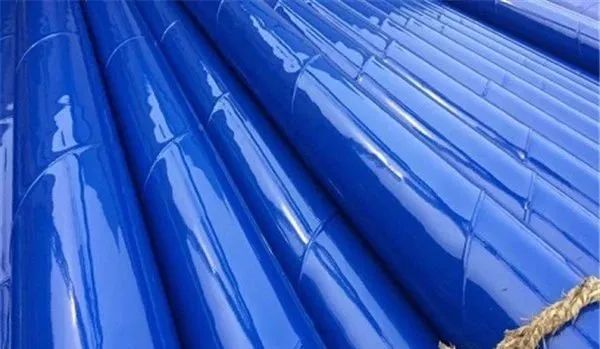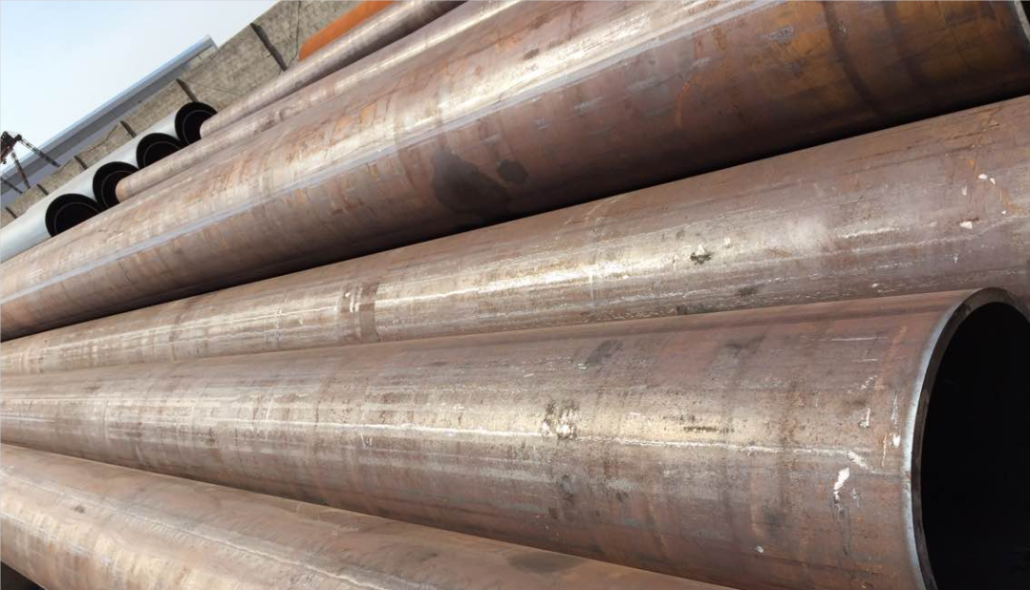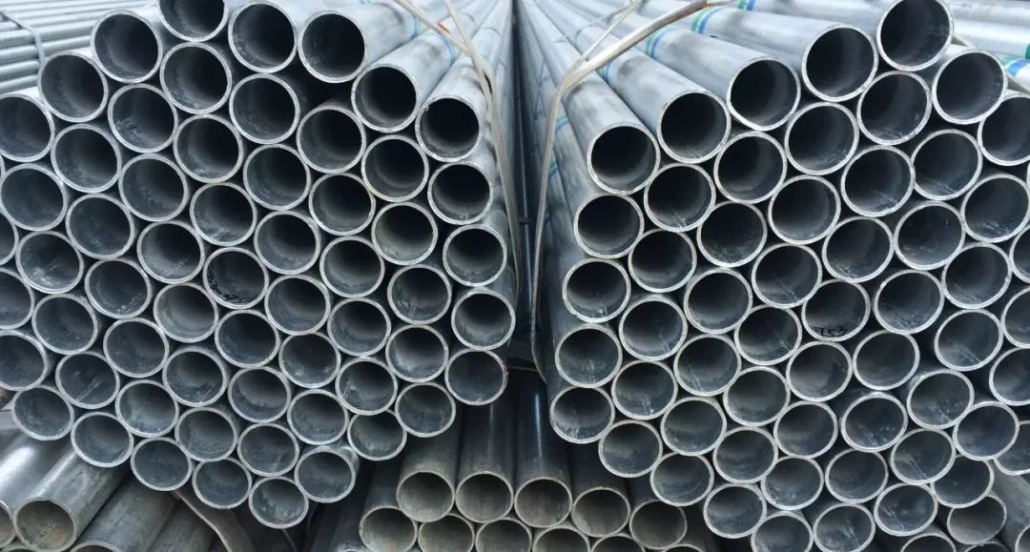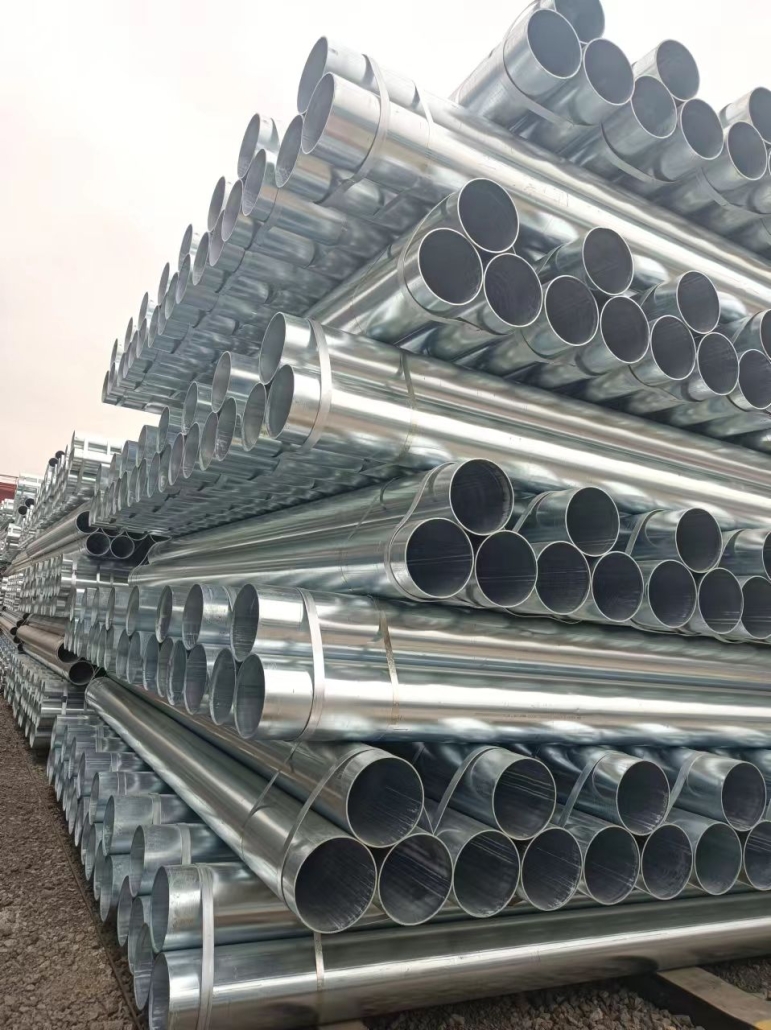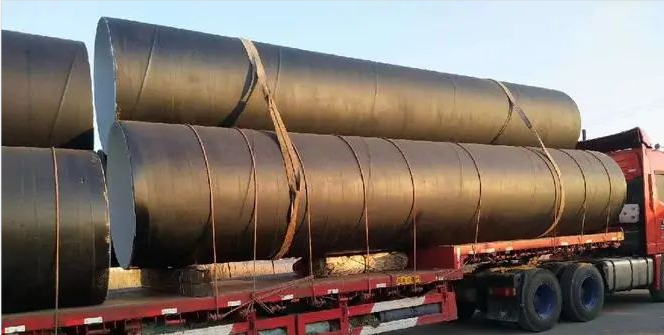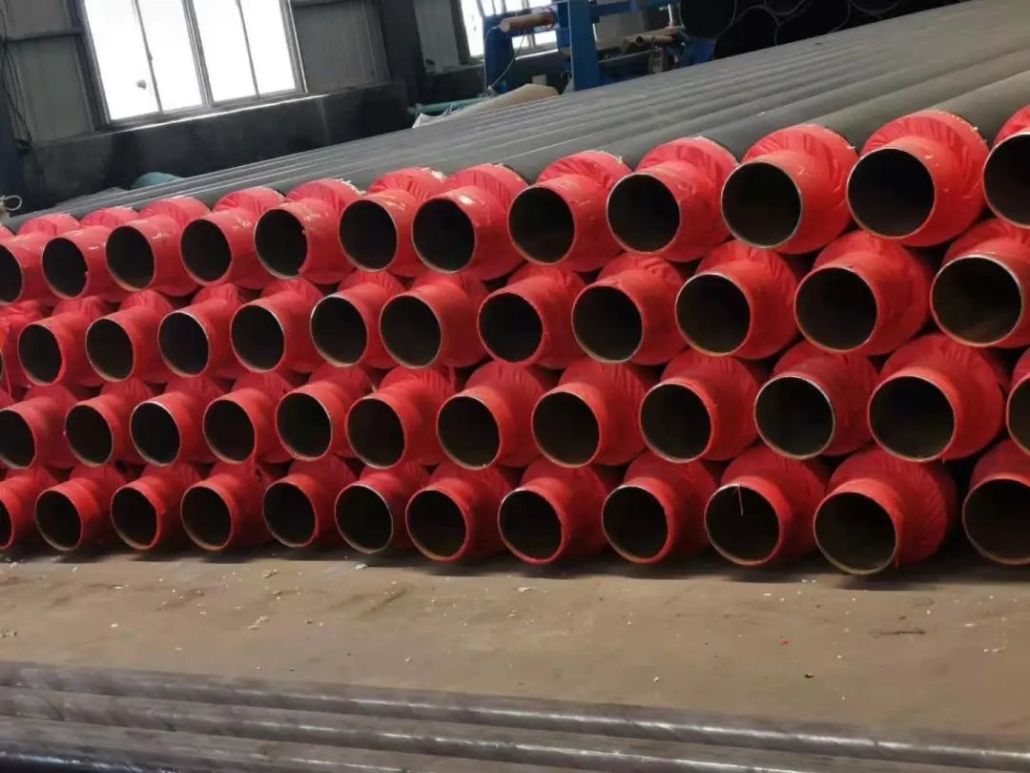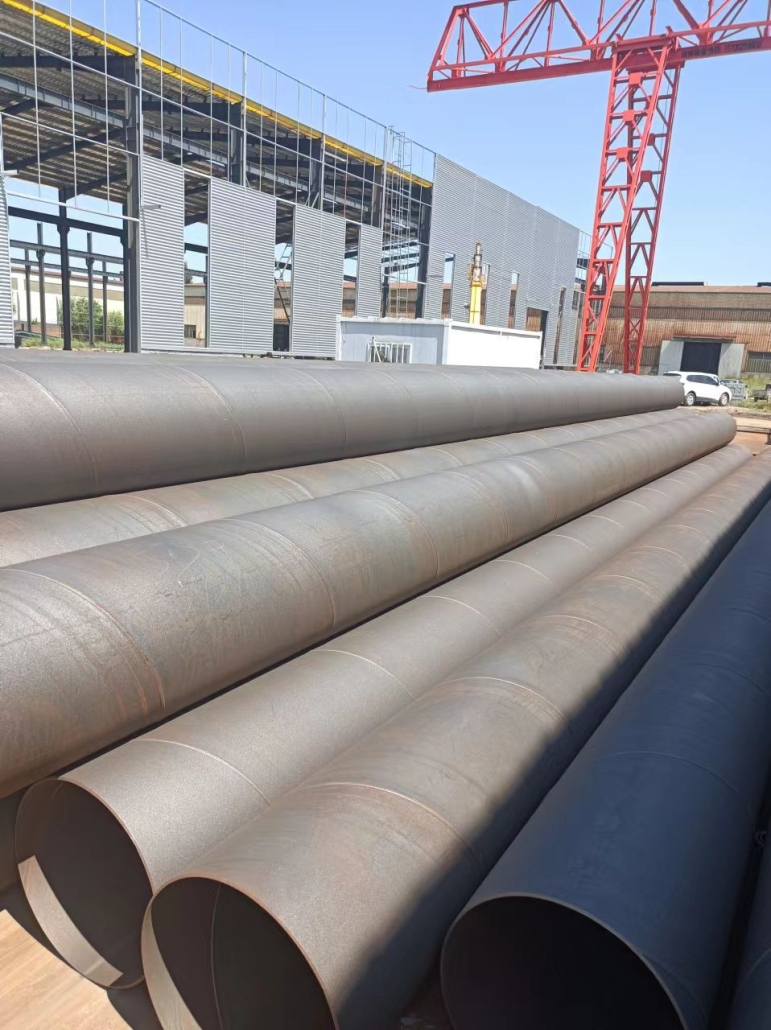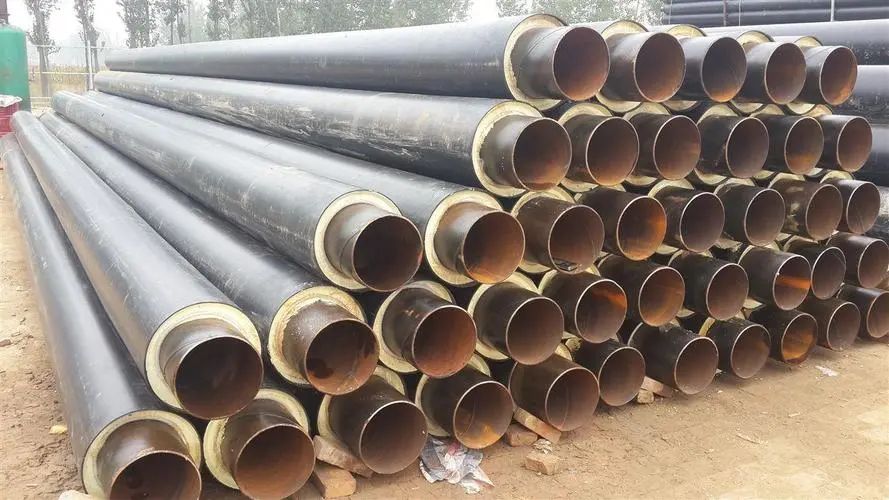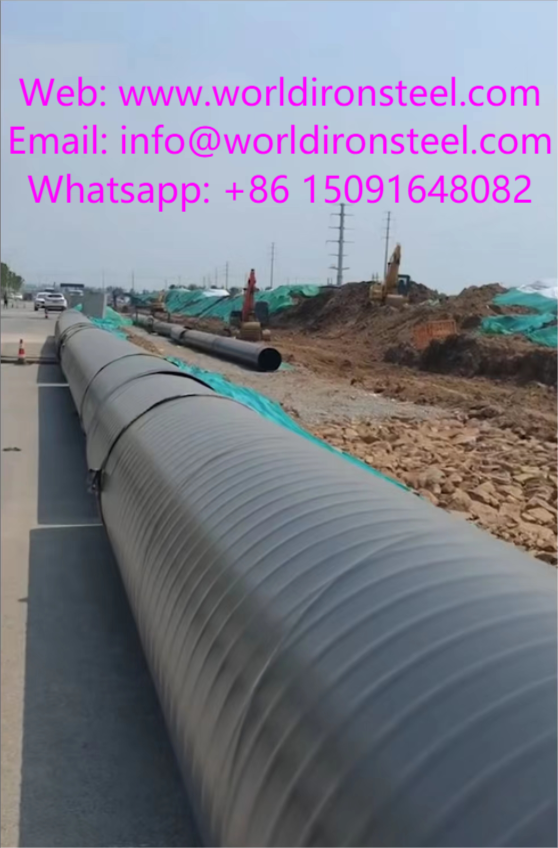Long-distance oil and gas pipelines are an important means of energy security. During the anti-corrosion construction process of oil (gas) pipelines, the surface treatment of steel pipes is one of the key factors that determine the anti-corrosion service life of the pipelines. It is the prerequisite for whether the anti-corrosion layer and the steel pipe can be firmly combined. . It has been verified by research institutions that, in addition to factors such as coating type, coating quality, and construction environment, the surface treatment of steel pipes accounts for about 50% of the impact on the life of the anti-corrosion layer. Therefore, the anti-corrosion layer specifications should be strictly followed. The requirements for the surface of steel pipes are constantly explored and summarized, and the surface treatment methods of steel pipes are constantly improved. the
1. Cleaning
Solvents and emulsions are used to clean the steel surface to remove oil, grease, dust, lubricants and similar organic matter. However, it cannot remove rust, oxide scale, welding flux, etc. on the steel surface, so it is only used as an auxiliary means in anti-corrosion production. the
2. Tool derusting
Mainly use tools such as wire brushes to polish the steel surface to remove loose or lifted oxide scale, rust, welding slag, etc. The rust removal of hand tools can reach Sa2 level, and the rust removal of power tools can reach Sa3 level. If the iron oxide scale is firmly attached to the surface of the steel, the rust removal effect of the tool will not be ideal and the anchor pattern depth required for anti-corrosion construction will not be achieved.
3. Pickling
Generally, chemical and electrolytic methods are used for pickling treatment. Only chemical pickling is used for pipeline anti-corrosion, which can remove scale, rust, and old coatings. Sometimes it can be used as a reprocessing after sandblasting and rust removal. Although chemical cleaning can achieve a certain degree of cleanliness and roughness on the surface, its anchor lines are shallow and it can easily cause environmental pollution. the
4. Spray (throw) to remove rust
Spraying (throwing) rust removal uses a high-power motor to drive the spraying (throwing) blades to rotate at high speed, so that steel sand, steel shots, wire segments, minerals and other abrasives are sprayed (throwing) on the surface of the steel pipe under the action of centrifugal force. , not only can rust, oxides and dirt be completely removed, but the steel pipe can also achieve the required uniform roughness under the action of violent impact and friction of abrasives. After spraying (throwing) rust removal, it can not only expand the physical adsorption on the pipe surface, but also enhance the mechanical adhesion between the anti-corrosion layer and the pipe surface. Therefore, spraying (throwing) rust removal is an ideal rust removal method for pipeline anti-corrosion.
4.1 Derusting level
For the construction technology of epoxy, vinyl, phenolic and other anti-corrosion coatings commonly used for steel pipes, the surface of the steel pipe is generally required to reach near white level (Sa2.5). Practice has proven that using this level of rust removal can remove almost all oxide scale, rust and other dirt. The depth of the anchor pattern can reach 40-100µm, which fully meets the adhesion requirements between the anti-corrosion layer and the steel pipe. However, spraying (throwing) can remove The rust process can achieve near-white level (Sa2.5) technical conditions with lower operating costs and stable and reliable quality.
4.2 Spraying (throwing) abrasives
In order to achieve the ideal rust removal effect, the abrasive should be selected according to the hardness of the steel pipe surface, the original rust degree, the required surface roughness, the coating type, etc. For single-layer epoxy, two-layer or three-layer polyethylene coatings, use The mixed abrasive of steel sand and steel shot is easier to achieve the ideal rust removal effect. Steel shot has the function of strengthening the steel surface, while steel grit has the function of etching the steel surface. Mixed abrasives of steel grit and steel shot (usually the hardness of steel shot is 40 to 50 HRC, and the hardness of steel grit is 50 to 60 HRC) can be used on various steel surfaces, even on grade C and D rusted steel surfaces. , the rust removal effect is also very good.
4.3 Abrasive particle size and ratio
In order to obtain better uniform cleanliness and roughness distribution, the particle size and proportion design of the abrasive are very important. Too much roughness will easily cause the anti-corrosion layer to become thinner at the peaks of the anchor lines; at the same time, because the anchor lines are too deep, bubbles will easily form in the anti-corrosion layer during the anti-corrosion process, seriously affecting the performance of the anti-corrosion layer. If the roughness is too small, the adhesion and impact strength of the anti-corrosion layer will decrease. For severe internal pitting corrosion, we cannot rely solely on high-intensity impact with large-grain abrasives. We must also rely on small particles to grind away the corrosion products to achieve the cleaning effect. At the same time, reasonable ratio design can not only slow down the wear of the abrasives on the pipes and nozzles (blade) , and the utilization rate of abrasive can be greatly improved. Usually, the particle size of steel shot is 0.8~1.3 mm, and the particle size of steel sand is 0.4~1.0 mm, of which 0.5~1.0 mm is the main component. The ratio of sand to shot is generally 5-8.
It should be noted that in actual operation, the ideal ratio of steel grit and steel shot in the abrasive is difficult to achieve because the hard and brittle steel grit has a higher breakage rate than the steel shot. For this reason, the mixed abrasives should be continuously sampled and tested during operation, and new abrasives should be added to the rust remover according to the particle size distribution. Among the new abrasives added, steel grit should account for the majority.
4.4 Derusting speed
The rust removal speed of the steel pipe depends on the type of abrasive and the displacement of the abrasive, that is, the total kinetic energy E applied to the steel pipe by the abrasive per unit time and the kinetic energy E1 of the single-grain abrasive. the
Generally, abrasives with lower loss rates should be selected, which will help improve the cleaning speed and extend the life of the blades.
4.5 Cleaning and Preheating
Before spraying (throwing) treatment, use cleaning methods to remove grease and scale on the surface of the steel pipe, and use a heating furnace to preheat the pipe body to 40-60°C to keep the surface of the steel pipe dry. During spraying (throwing) treatment, since the surface of the steel pipe does not contain grease and other dirt, the rust removal effect can be enhanced. The dry steel pipe surface is also conducive to the separation of steel shot, steel sand, rust and oxide scale, making the rust removed The steel pipe surface is cleaner.
5.Conclusion
Pay attention to the importance of surface treatment in production and strictly control the process parameters during rust removal. In actual construction, the peel strength value of the anti-corrosion layer of the steel pipe greatly exceeded the standard requirements, ensuring the quality of the anti-corrosion layer. On the basis of the same equipment, , greatly improving the process level and reducing production costs.
